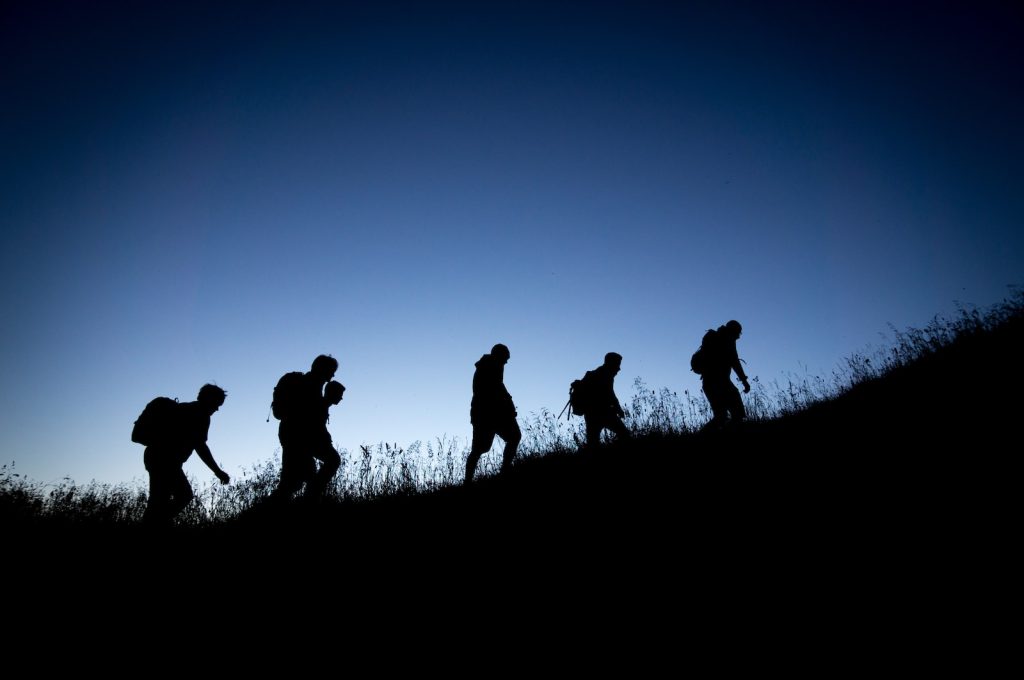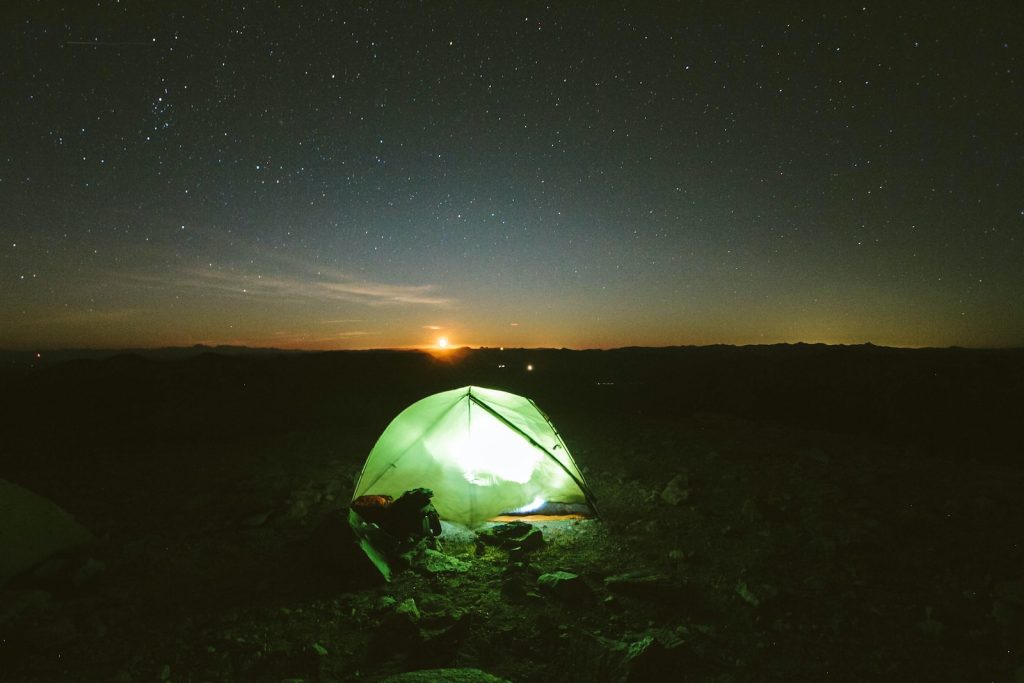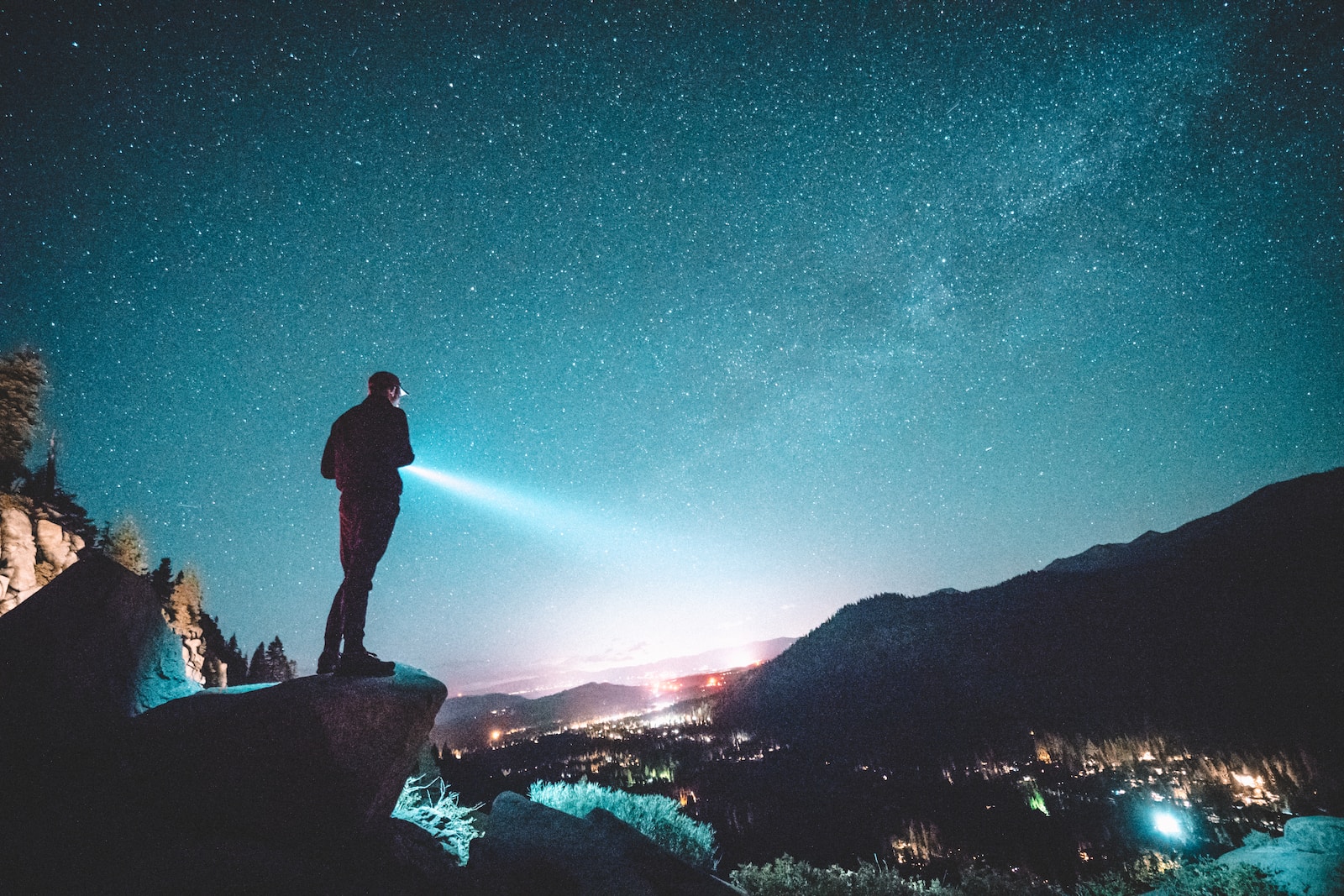With the onset of darkness, hiking trails can transform into an entirely new adventure awaiting exploration. As a seasoned hiker and naturalist, I can attest to the unique allure of night hiking, which brings forth heightened senses and an intensified connection to nature. The following information and guidance will aid any aspiring night hikers in understanding how to navigate trails safely, advise on required gear, and share an overview of the potential hazards of venturing into the wilderness after the sun sets.
Yes, night hiking is achievable with proper preparation and precautions. Steps include researching your trail, hiking with a partner, packing essential gear like a headlamp, reflective clothing, extra layers, and navigation tools. Additionally, notifying someone of your route and return time, pacing yourself, knowing the weather, and developing night vision are important for a safe night hike.
Are there specific trails suitable for night hiking?
While many popular hiking trails can be traversed at night, it’s essential to consider specific factors before embarking on a nocturnal journey. Firstly, some trails may have limited access outside regular park hours, making it necessary to inform oneself of any relevant restrictions or fees. Additionally, beginner hikers should start with familiar, well-maintained trails with clearly defined paths and minimal elevation changes. This will ease the transition into night hiking and reduce the risk of injury during the initial expedition.
What are the benefits of night hiking?
Night hiking offers a host of rewards not found during daylight excursions. In my experience, some of the most notable benefits include:
1. Stress relief: The calm and quiet atmosphere of nighttime hiking has a tranquilizing effect on the mind, providing much-needed relaxation after a long day of work or a demanding lifestyle.
2. A cooler environment: For those who struggle with heat, night hiking offers a reprieve from the sweltering temperatures experienced during the day. This can boost hikers’ endurance and even make trails more bearable for those who suffer from heat allergies.
3. Expanded sensory awareness: Amid dimly-lit surroundings, hikers may find their other senses heightened. This deepens the connection with nature and undoubtedly makes for a more insightful experience.
4. A different perspective: Nighttime unveils a host of nocturnal creatures and sights unseen during daylight hours, from the twinkling stars and vast night sky to the fascinating interplay of insects and other wildlife.
5. Solitude: As there are generally fewer hikers on trails at night, one can enjoy a more personal, peaceful experience than when trekking during the busier daytime hours.
What gear is essential for night hiking?

As with any outdoor excursion, proper preparation and packing of essential gear will significantly enhance the safety and enjoyment of a night hike. Key items for the nocturnal pursuit include:
1. Headlamp: A reliable source of light is essential for night hiking. A headlamp is an ideal choice, as it leaves the hands free for carrying and navigating. Selecting a model with adjustable beam strength, as well as red light mode, will help preserve night vision and extend battery life.
2. Backup light source: In case the primary headlamp fails or the batteries run out, carry a spare flashlight or headlamp along with extra batteries.
3. Appropriate clothing: As temperatures typically drop at night, it is essential to dress in layers and to be prepared for sudden weather changes. A moisture-wicking base layer, insulating mid-layer, and waterproof outer layer make for a well-rounded ensemble. Additionally, donning a warm hat, gloves, and an extra pair of socks will provide added warmth and comfort.
4. Navigation tools: A map, compass, and GPS device (with spare batteries) are crucial for navigating the trail at night. Prior knowledge of using these items is essential for a successful night hike.
5. First aid kit: A basic first aid kit should include adhesive bandages, antiseptic wipes, tweezers, a small roll of medical tape, moleskin, and any necessary personal medications.
6. Additional essentials: To round out any night hiker’s pack list, supplementary items such as a lightweight, high-calorie snack, plenty of water, a multi-tool, and a whistle for emergencies should be included.
Choosing the Ideal Time for a Night Hike
Timing is a key factor when planning a night hike, as various considerations can impact the experience. Some tips for choosing the ideal time for a night hike include:
1. Moon phases: Hiking under a full moon provides the advantage of natural illumination, assisting nighttime navigation and enhancing overall visibility. However, if stargazing is a primary objective, a new moon will allow for optimal viewing conditions due to the reduced light pollution.
2. Weather forecasts: Prior to embarking on a night hike, check local weather reports to avoid severe or unpredictable conditions. The absence of daylight can make sudden weather changes more challenging to manage.
3. Seasonal aspects: The season of the hike should also be taken into account. In colder months, hikers should be prepared for shorter nights, plummeting temperatures, and inclement weather conditions. Conversely, summer night hikes can be more manageable due to the extended hours of daylight and milder temperatures after sundown.
Safety Tips for Night Hiking
Safety concerns are heightened during nighttime excursions, as the potential hazards become less visible and navigational challenges can arise. Below are some essential tips to keep your night hike safe and enjoyable:
1. Inform others: Always let someone know your planned route, along with an estimated return time. This is crucial in case unforeseen circumstances arise during the hike and help is needed.
2. Never hike alone: When possible, hike with a partner or a group. This can make the experience more enjoyable and adds an extra layer of safety by sharing knowledge, experience, and support.
3. Stick to marked trails: Especially for those new to night hiking, it is essential to follow clearly marked trails to avoid losing orientation in the dark.
4. Practice Leave No Trace principles: Show respect for nature and the environment by adhering to Leave No Trace principles, which include disposing of waste properly, leaving what you find, and being considerate of other hikers and wildlife.
Respecting Nocturnal Wildlife
An essential aspect of night hiking is the potential encounter with various nocturnal animals. As nighttime can present unique challenges for wildlife, those venturing into their domain should practice respect and awareness. Some guidelines include:
1. Avoid approaching or disturbing wildlife: Maintain a safe distance from all animals encountered during the hike. Avoid using bright lights, making loud noises or attempting to feed any wildlife.
2. Stay on designated trails: Going off-trail can disturb delicate habitats and increase the likelihood of encountering potentially dangerous animals.
3. Nocturnal awareness: Educate yourself on the local wildlife and their habits, including any potentially dangerous species. This knowledge can help hikers safely navigate and respect the habitats of the animals they encounter.
Experiencing the natural world after dark can be a thrilling and enlightening endeavor. With appropriate preparation, conscientious safety measures, and an affinity for the nocturnal wildlife that share the trails, night hiking offers unparalleled opportunities for hikers keen to expand their horizons and connect with nature in an entirely new way.
Developing Your Night Vision and Spatial Awareness
A crucial aspect of night hiking is the development and reliance on one’s night vision and spatial awareness. As we adapt to the low-light environment, our senses can be honed to better assess our surroundings and mitigate risks during night hikes. Some tips to enhance your night vision and spatial awareness include:
1. Adjustment period: Prior to embarking on the night hike, spend about 30 minutes in low-light conditions to allow your eyes to adjust to the darkness. This will help improve your overall vision during the hike, making it easier to navigate obstacles and spot potential hazards.
2. Light discipline: While headlamps and flashlights are necessary tools for night hiking, it pays to develop a sense of light discipline. This means using your light sources sparingly and only when needed, to preserve your night vision and reduce the chances of disturbing wildlife. Red light mode can help retain night vision while producing enough light for essential tasks.
3. Spatial awareness training: Engage in activities that improve your sense of space and distance perception, such as practicing walking on uneven terrain or in darkness without a light source. This can enhance your spatial awareness and better prepare you for the balance and coordination challenges of night hiking.
Managing Fear and Anxiety During Night Hikes
It’s natural for hikers, particularly novice night hikers, to experience a degree of fear or anxiety during nocturnal excursions. Here are some ways to cope with these emotions and gain confidence in your night hiking abilities:
1. Familiarize yourself with the trail: Begin night hiking on well-known, familiar trails. This familiarity will help alleviate anxiety and boost confidence while navigating in the dark.
2. Reframe your perspective: Instead of focusing on the potential dangers or unsettling aspects of night hiking, shift your focus to the benefits and unique experiences it offers. This positive reframe can help diminish feelings of fear and encourage a sense of wonder and connection to nature.
3. Breathing exercises: Practice deep, controlled breathing to calm your nerves and manage anxiety. Focus on the sound of your breath and your body’s movement, which can also help sharpen your auditory senses.
4. Engage in group hikes: Participating in night hikes with experienced friends or organized groups can provide reassurance, shared learning, and camaraderie that can help dissipate feelings of fear or anxiety. As you become more comfortable with night hiking, you may find yourself eager to take on solo adventures.

Night Hiking Etiquette
It is essential to be considerate of other hikers and respect the natural environment while night hiking. Some guidelines to ensure a positive experience for all involved include:
1. Overtaking and group communication: When overtaking other hikers on the trail, communicate your intentions and use your light source sparingly to avoid blinding them.
2. Trailhead parking: If parking at a trailhead during nighttime hours, be respectful of nearby residents by keeping noise levels down and avoiding shining lights on nearby homes.
3. Respecting campers: If you encounter camping areas during your night hike, maintain a respectful distance to avoid disturbing campers.
Night hiking allows for the discovery of a new dimension of the wilderness experience, offering unique rewards and opportunities to connect with nature. By preparing adequately, staying vigilant, engaging your senses, and respecting the environment and fellow hikers, you can safely and confidently take on the night-time trails and embrace the magic of the great outdoors after dark.





